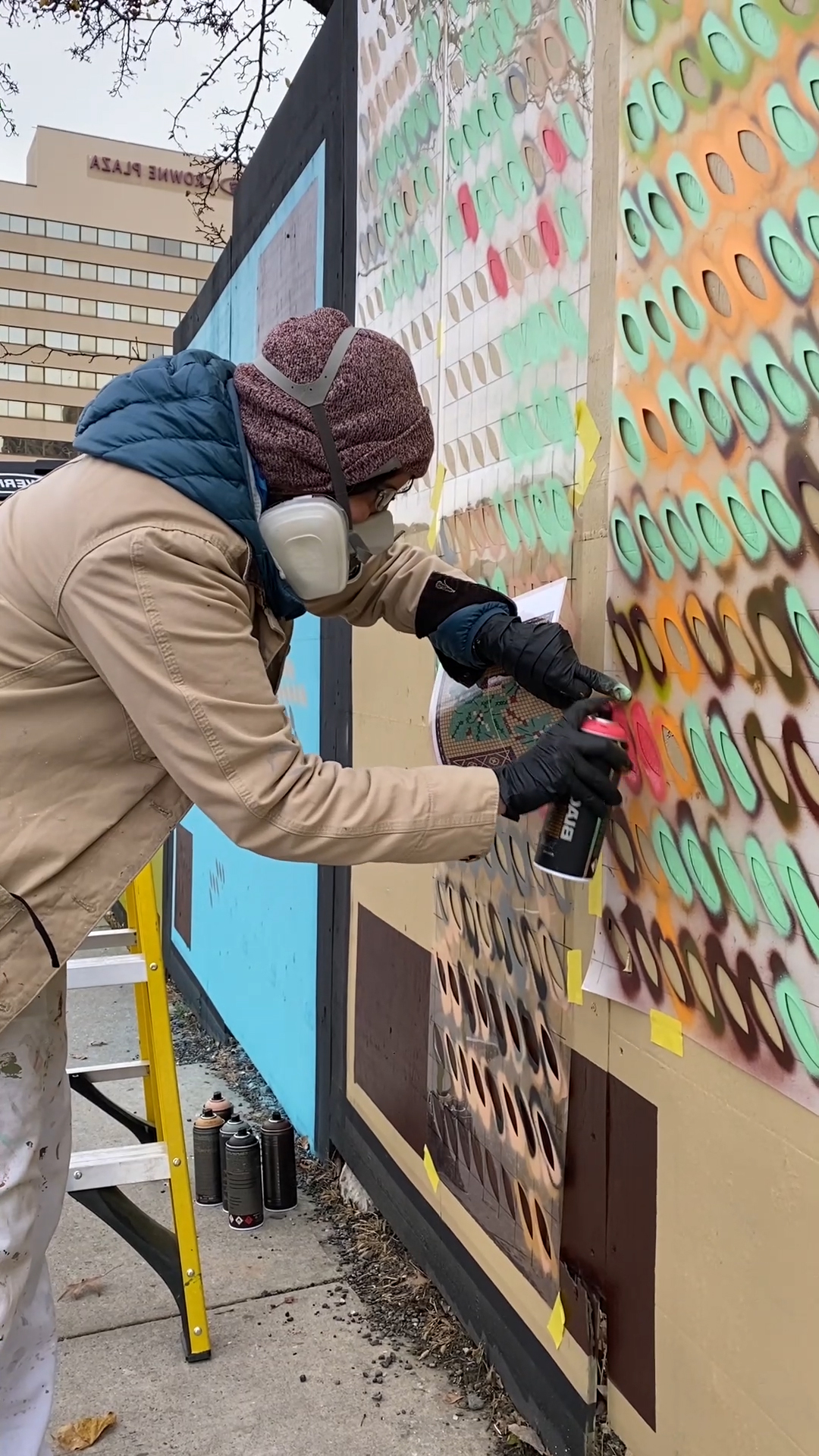GET THAT COMMISSION! 4 Artist Tips for Responding to an RFP
by Kathleen Reckling, Deputy Director of Public Programs, ArtsWestchester
Public art is on the rise in Westchester, in New York State, and beyond. And a national trend suggests more opportunities for muralists, sculptors, and others are on the way. At first, it may seem daunting to assemble your materials into a package that will support, and show off, your artistic vision in its best form. However, some thoughtful work can yield meaningful rewards. Here are a few tips to help you approach your next application.
First, it is important to clarify some vocabulary:
RFQ (Request for Qualifications) vs. RFP (Request for Proposals). An RFQ asks artists to submit documentation that demonstrates they are qualified for the project. Documentation may include a Curriculum Vitae (CV) or resume, an artist statement and work samples. An RFP, on the other hand, asks you to submit a vision for a work of art. RFPs require a serious commitment, but can also help to hone your artistic vision.
In situ. Sometimes, you’ll be asked to provide an “in situ” rendering. “In situ” means “in position” and, in this case, is a rendering that illustrates how the realized artwork will look at its intended site.
A version of this article first appeared in the July issue of ArtsNews, ArtsWestchester’s monthly publication. ArtsNews is distributed throughout Westchester County. A digital copy is also available at artsw.org/artsnews.

